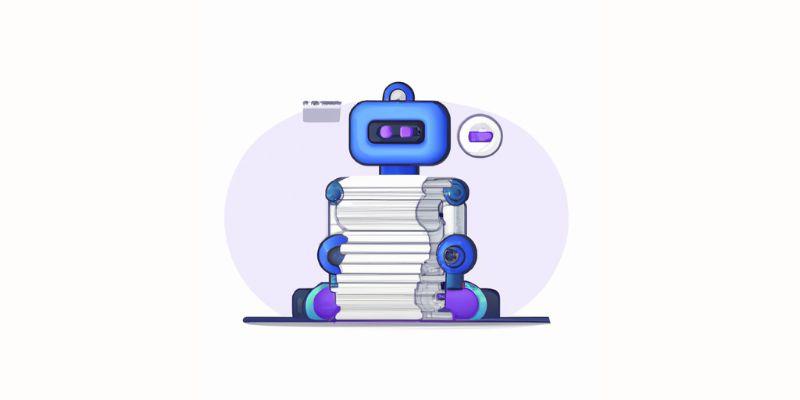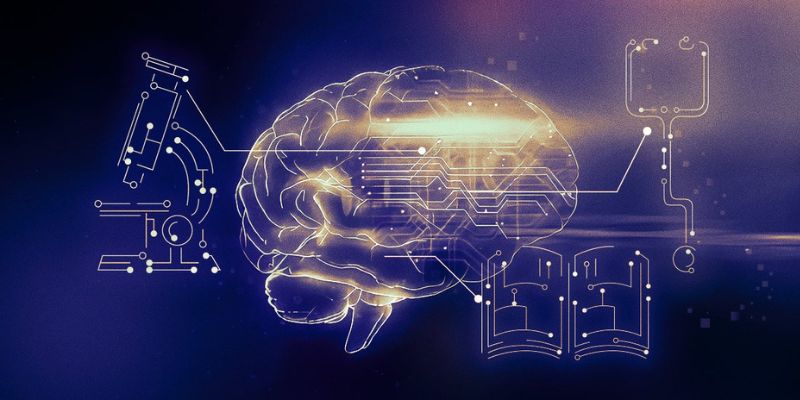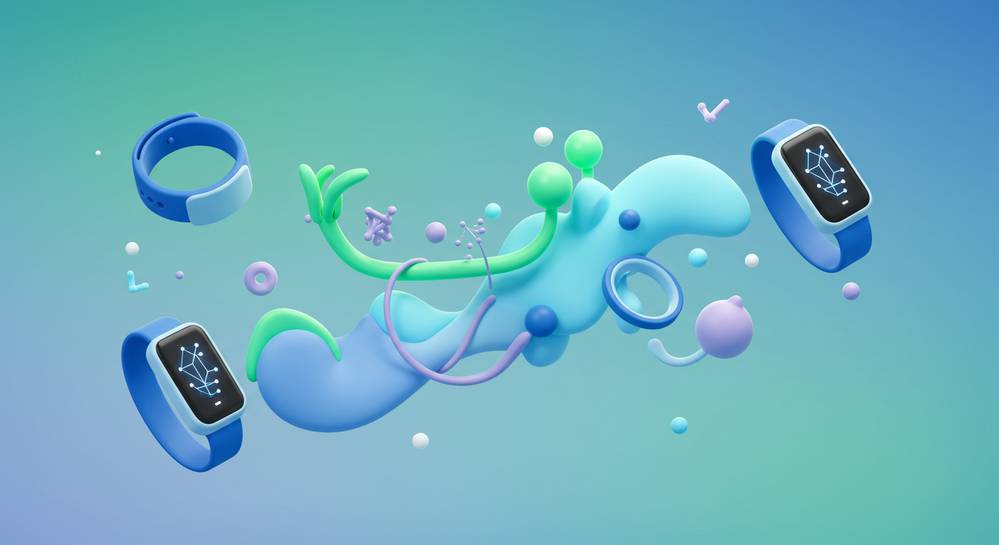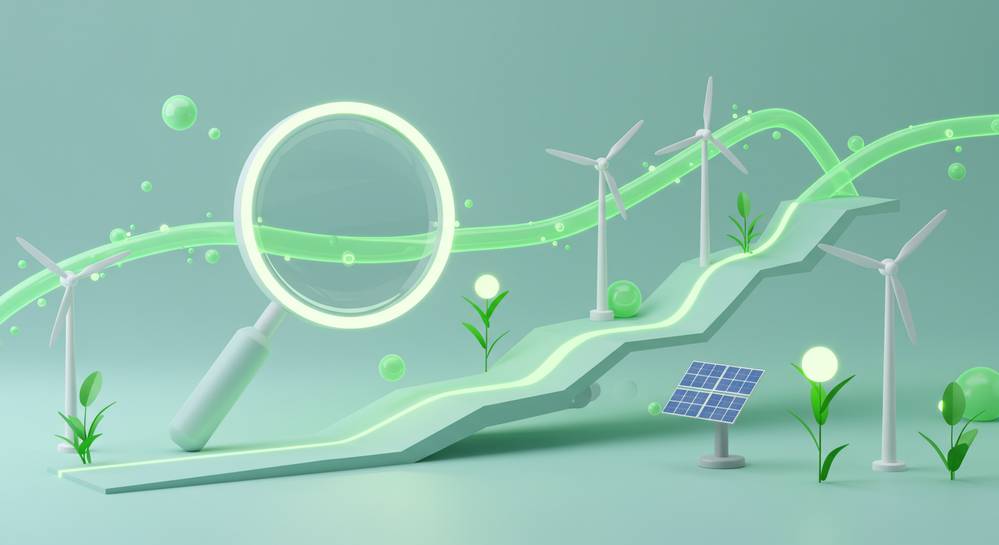Balancing AI tools with human judgment isn’t just about tech. It’s about people too. Every day, machines get smarter. They’re quick, sure, but they lack our gut feeling. While AI crunches numbers, we bring wisdom and warmth to the table. It’s a harmony we must strike. This dance between cold code and our warm touch is delicate. Our future, at work and beyond, rides on it. Let’s dive into how we make this team-up work best.
Understanding the Dance Between AI and Human Insights
The Necessity of Human Intuition in Technology
Humans excel at reading emotions and subtleties. Machines don’t. This is why human intuition is a must in technology.
Take a doctor using AI, for example. The tech spots patterns in data fast. But the doctor gets the final say. Using both AI and wisdom leads to better care. So tech gives us data. Humans bring understanding.
This mix helps everyone. It means humans stay in control. Tech supports, not replaces, us. It’s a team effort. We use tech smarts and human hearts to make good choices.
Overcoming Artificial Intelligence Skepticism
Many folks doubt AI. They fear mistakes and lack of control. But these fears can lessen with time and knowledge.
Using AI right matters. We teach folks what AI can and can’t do. This builds trust. We show how it can help but also where it might mess up. Then, we can fix those spots where it’s weak.
Education is key. Knowing how AI works makes it less scary. We find balance. We use AI, but we don’t forget the human touch. This brings people on board.
To vibe with tech, we mix machine skills with our own smarts. We fill in where AI falls short. This gives us better tools for tough calls.
So, tech and touch, together, are the dance. The dance that can lead us to brighter days.

Enhancing Decision-Making: Complementing AI with Human Judgment
Ethical AI Use and Moral Considerations
How can we ensure AI is fair and ethical? Vet it against human values. AI systems make choices. Our job is to ensure those choices are just and transparent. We don’t want AI to pick who gets a loan with bias. Nor to choose medical care unfairly. AI should help, not harm.
Yet AI lacks our deep sense of right and wrong. So, we must teach it with care and close watch. How? By setting rules that guide AI to fair decisions. This helps stop unfair AI biases. We can’t fully trust AI alone to make moral choices. That’s why human judgment plays a star role.
Balancing AI Decision-Making with Human Expertise
Why mix AI tools and human brains? They’re a top team for smart choices. AI can handle loads of data quickly. It can spot patterns we might miss. But it can also slip up. When it does, humans catch the errors with their insight and experience. This mix, or balance, gives us the best of both worlds.
Humans have something AI lacks: intuition. That gut feeling that whispers, “This is the way to go.” It’s hard to put into code. AI brings speed and power to the table. Yet, it’s humans who bring heart and wisdom. They read between the lines. They grasp the unspoken.
When we let AI and humans work together, magic happens. AI sorts the facts. Humans add the touch of real-life know-how. This way, when AI aids decision-making, it’s not flying solo. Humans, with their unique skills, guide the journey.
This balance isn’t just nice; it’s needed for complex calls. Take driving a car. AI can do it, but can it handle a sudden storm or a parade popping up? Here, human skills shine. They adapt, create new routes on the spot. They blend learned skills with spur-of-the-moment smarts.
Putting AI in the driver’s seat sure helps. But human hands should always be near the wheel. This way, we get to places not only fast but safe and sound. With the right blend, AI doesn’t take our jobs. Instead, it makes them richer and full of more chances to grow.
For AI and humans to truly click, we need trust both ways. Humans must trust AI’s tips. And AI must be built to trust human calls. This road goes both ways. A solid bond needs clear rules and a big dose of respect.
So, we face a task. We must teach AI to grasp our ways, our ethics. To see not just patterns but also heartbeats. And we must keep our own smarts sharp. To check AI choices with a keen eye and fix mistakes with a steady hand.
Together, AI and humans can climb mountains of data and sail seas of choices. The secret? Keeping our human touch while sailing with the wind of AI at our backs. This way, we reach better tomorrows. Ones where tech and touch work as one, in a world that’s smart and just.

Fostering AI-Human Collaboration in the Workplace
Managing the Limitations of Machine Learning with Human Oversight
When we blend AI with human smarts, we do wonders. AI is cool. It can crunch numbers fast. But it’s not perfect. It sometimes misses what a human catch. That’s where human oversight jumps in. Think of it like team work. AI can handle lots of data. People bring their know-how that AI just can’t match. The two together? That’s gold. We watch out for AI’s misses and fix them.
AI makes choices based on past data. But life’s not always the same. Here’s where we need human touch. Our experience tells us when AI might go wrong. We still trust humans more to make the big calls. This teamwork helps us use AI right and keeps us in control. We need rules to make sure we don’t rely on AI too much. This keeps the balance.
The Role of Emotional Intelligence in Machines and AI Trustworthiness
Now, how about emotions in AI? Machines don’t really feel. Not like us. But they can learn to read emotions, sort of. They watch faces, listen to voices. They get better at guessing how we feel. This is cool because it helps AI get us more. It can change how it acts to fit our mood.
But trust is key. We need to know AI’s safe and fair. It’s got to show us how it makes choices. This is where we draw the line between cool tech and trusting it. We need to make sure AI doesn’t trip up. Like being unfair to some folks. We’ve got to keep our eye on it.
AI trustworthiness is a big deal. We need to know we can count on it. When AI reads emotions, it must use this power right. We should always feel sure that AI treats everyone fairly. It’s our job to teach AI to be nice and to watch it closely.
Machine learning can be great. But we can’t forget the human bit. We’ve got heart and smarts that AI just can’t copy. We need to work with AI, not just let it do its thing. We keep AI on track with our human touch. That’s how we make the most of what AI can do. We mix tech with touch. That’s the trick for the best teamwork.

Crafting the Future: Integrating AI with Human Values and Creativity
Building Transparent AI Systems through Machine Learning Transparency
When we build AI systems, we aim for them to make good choices. Just like us, but faster. Yet if we don’t know how they decide, can we trust them? Think about it like teaching a kid. We guide them and hope they learn right from wrong. We need to see their work, not just the final answer. That’s what transparency in AI is about.
For machines to learn, they need loads of data. But sometimes, machines learn the wrong lessons. They might pick up on our bad habits or biases. We have to check their “homework” to catch these slip-ups. When we talk about machine learning transparency, we want AI to show its work. This way, we can trust the AI more because we understand it.
Have you ever had a gut feeling? A moment where something just didn’t seem right? That’s your intuition. People have it, but AI doesn’t. That’s one big edge we have over machines. It keeps AI in check.
The Crucial Importance of Human Factor in Automation and AI Accountability
Humans are irreplaceable! We bring something special: our human touch. We care, understand feelings, and can read between the lines. AI doesn’t get this; not yet, at least. But this human factor is important, and it’s why we need to keep humans in the loop. It’s kind of like a team where AI and humans work together; each brings their strengths to the table.
Let’s face it, machines are really fast at crunching numbers and sorting data. Humans, though? We are great at asking, “Is this the right thing to do?” Our ethics, our sense of fairness, they guide us. With AI, sometimes it’s just about efficiency. But life is messy. It’s not always about the fastest or easiest way.
That’s where AI accountability comes in. It’s about taking responsibility. If an AI messes up, who’s to blame? If it’s transparent, we can spot where things went wrong. And hey, if we see the AI start to stray, we step in. We fix it. We use our better judgment to guide it back.
We keep talking about balance. It’s because neither AI nor humans are perfect alone. When we team up, that’s when the magic happens. AI can handle the big data, and humans can navigate the tricky parts. It’s like having a super navigator for the data ocean.
Just remember, for every cool thing AI can do, it’s human creativity that dreamed it up. AI helps us reach new heights, but our values and judgment set the course. We make sure AI helps us, not hurts us. It goes deep—AI ethics shape how we live with technology by our side.
In the end, think of AI as a tool, a really advanced one. And like any tool, we must use it wisely. We guide it with our human experience and our ethics. We use AI to make life better, not to take over.
Machine learning limitations are real. But so is human ingenuity. It’s not about AI versus humans. No, it’s about AI and humans, working hand in hand to craft a smarter, kinder future.
In this post, we’ve explored how AI and human smarts work together. We need our intuition to guide tech. There were tips on facing doubts about AI, too. Remember, when we use AI right, we make better choices and keep our morals in check. But our expertise must balance AI’s decisions. We’ve also seen how people and AI can team up at work. Our oversight fixes AI’s limits, and our emotional smarts help build trust in AI. Finally, we talked about a future where AI and our values blend. Transparent AI systems and keeping the human touch in automation are key.
So, here’s my final take: AI is powerful, but it shines brightest with our human touch. Let’s use it wisely, and we can craft a future that respects our values and supports our growth. Keep blending the best of both worlds, and we’ll keep on winning.
Q&A :
How can AI tools complement human judgment in decision-making processes?
Artificial Intelligence (AI) tools can complement human judgment by providing comprehensive data analysis, recognizing patterns, and suggesting evidence-based decisions in a fraction of the time it would take a human. AI can process vast amounts of information quickly, which aids humans in making more informed and precise decisions. Moreover, AI can operate without the biases that typically influence human judgment, leading to potentially more objective outcomes.
What are the limitations of AI tools in relation to human judgment?
While AI tools are extremely powerful, they do have limitations when compared to human judgment. AI algorithms depend heavily on the data they are trained on, meaning they can perpetuate existing biases if the data is skewed. They also lack the ability to understand context in the way humans can, which can be critical in nuanced situations. Additionally, AI tools do not possess emotional intelligence and cannot make judgments based on ethical considerations, empathy, or moral beliefs.
In what ways can the balance between AI tools and human judgment be maintained?
To maintain a balance between AI tools and human judgment, organizations can ensure that human oversight is a part of any AI-driven process. This can involve establishing checks and balances where humans review AI recommendations before final decisions are made. Training is also important: humans need to understand the capabilities and limitations of AI tools to use them effectively. Equally vital is the implementation of ethical guidelines and regulatory frameworks to manage AI use appropriately.
How should businesses implement AI tools while still valuing human judgment?
Businesses should implement AI tools by integrating them in a way that supports and enhances human workers rather than replacing them. This could mean using AI for routine tasks or for providing analytical insights while leaving strategic decision-making and tasks requiring emotional intelligence to humans. Staff training is essential to ensure that employees understand how to work with AI tools. It is also critical to foster a culture that values human intuition and ethical considerations, ensuring these remain central to business decisions.
What are the risks of over-reliance on AI without human judgment?
Over-reliance on AI can pose several risks, including the potential for algorithmic biases to go unchecked, leading to unfair or discriminatory outcomes. Without human oversight, the lack of contextual understanding inherent in AI systems can result in errors or inappropriate actions in complex situations. Additionally, there is a risk of reduced accountability, as it can become unclear whether the AI tool or the human operator should be held responsible when things go wrong. Over-dependence on AI can also lead to the devaluation of human skills and experience, which are crucial in handling unexpected situations or when moral and ethical judgments are necessary.



